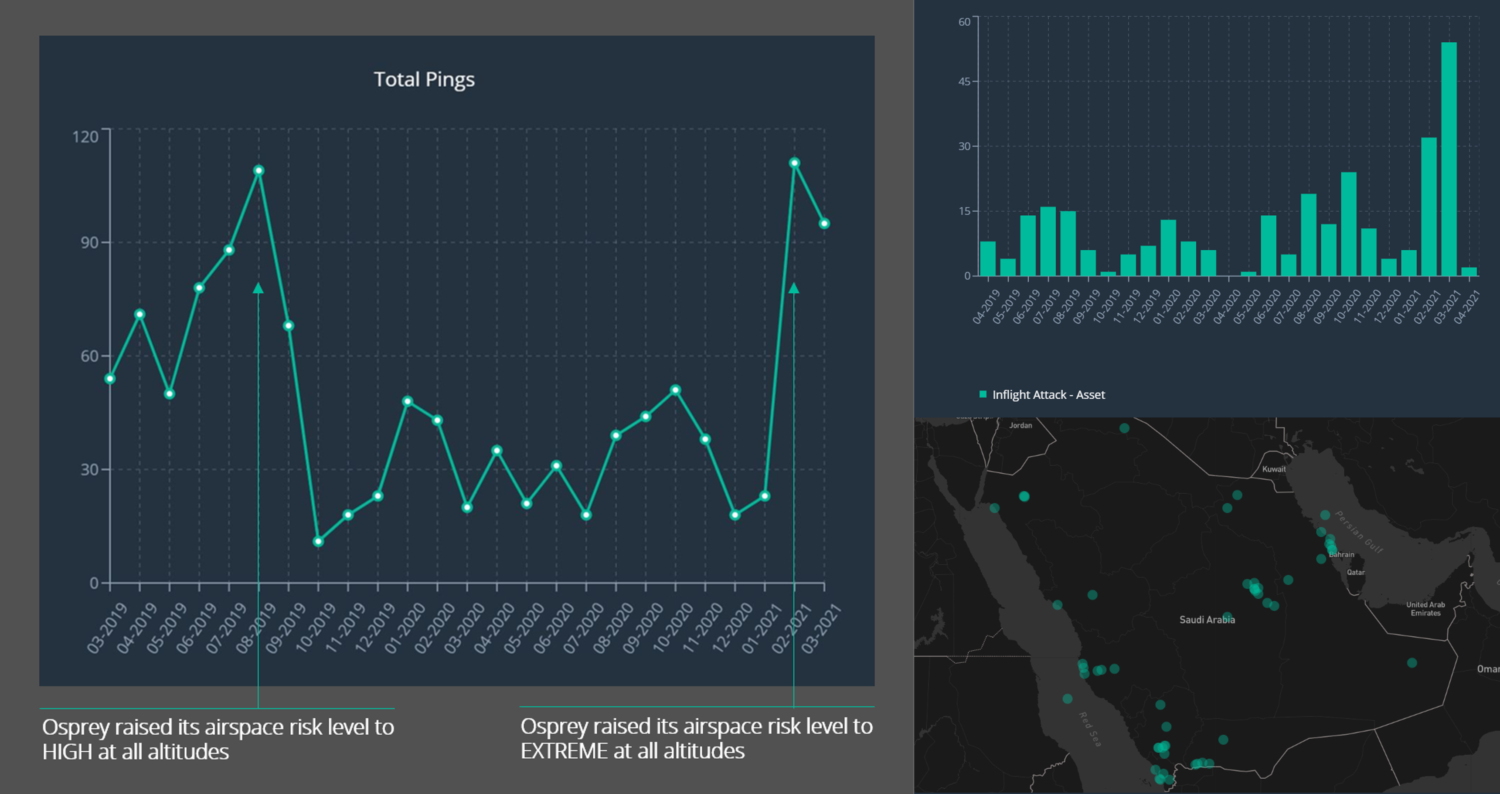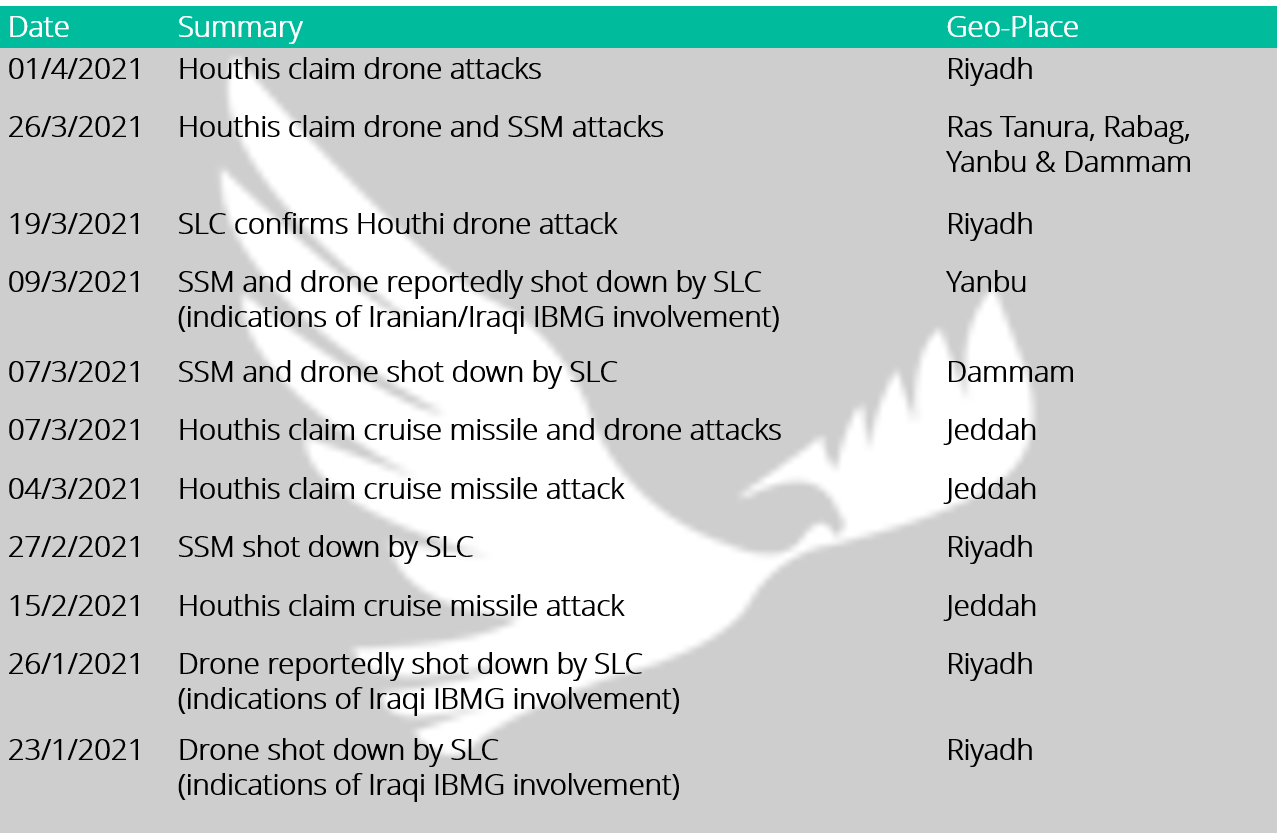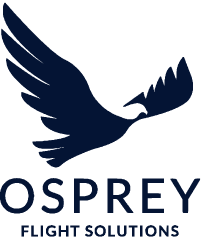Background
The military conflict between the Saudi-led coalition (SLC) and Yemeni Houthi rebels has been ongoing since March 2015. Surface-to-surface missile (SSM) and drone attacks against the southwest provinces in Saudi Arabia dropped significantly following peaks in August-September 2019 and remained at consistent levels through 2020. However, there has been a sustained increase in such attacks and downings since late January of this year. Based on the significant increase of drone and SSM strikes and shoot-downs both inside the southwest provinces (Asir, Jizan & Najran) and over multiple areas deep inside the interior of the kingdom in early 2021, Osprey assessed there was an increased likelihood of further deterioration of the airspace operating environment over Saudi Arabia in the months ahead.

Key Concerns
Osprey analysis highlights a key concern that, while drones over the southwest provinces are mainly downed via SLC fighter jet air-to-air engagements, the shoot-down events deep in Saudi Arabia are likely occurring via US-made MIM-104 Patriot conventional surface-to-air missile (SAM) systems capable up to FL800 and out to 160km (100 miles). The conventional SAM use is highly concerning, especially in the downing of SSMs, as deconflicting such activity from civilian flights must be done in a very short amount of time compared to engaging drones, which has a longer lead time. Osprey also remains concerned about the indications that some of the attacks are not being launched by the Houthis but by Iraqi Iranian-backed Militant Groups (IBMGs). This situation creates two separate fronts that Saudi military aircraft and air defences need to address, adding further complexity to deconfliction with civil aviation.
The SLC has shot down at least 82 Houthi drones and SSMs targeting locations predominantly in the southwest provinces of the kingdom so far in 2021. Since 23 January, Osprey analysis has tracked 14 drone, cruise missile and/or SSM attacks claimed by the Houthis and/or interdicted by SLC air and air-defence forces deep into the interior of the kingdom. Significantly, only six such incidents of this type occurred during 2020, seven in 2019, eight in 2018, seven in 2017 and three in 2016. As such, the list of recent activity, below, and the Osprey:Explore graphics, above, illustrate the unprecedented nature of the current aviation operating environment within Saudi Arabia.

Outlook
EASA along with the UAE, Canada, Germany and France have issued civil aviation notices regarding the ongoing conflict between the SLC and Yemeni Houthis. Osprey has issued dozens of alerts during 2021 and raised our airspace risk levels for Saudi Arabian airspace earlier this year. Of particular significance, Osprey alerted on the SLC confirmed shoot-down of Houthi drones targeting Abha Airport in Asir Province on 10, 13, 14 and 16 February; the 10 February attack led to the damage of a parked civilian airliner. These alerts have specifically allowed multiple leading international airlines, air ambulance operators and cargo carriers to make informed decisions on flight operations within the kingdom amid a dynamically evolving airspace risk environment over Saudi Arabia.
The southwest provinces of Asir, Jizan and Najran are located in the Emergency Security Control of Air Traffic (ESCAT) area, which is covered by notices issued by the Saudi civil aviation authority. The majority of Houthi SSM and drone launches into Saudi Arabia and associated intercepts occur over the southwest provinces in the ESCAT area along the border with Yemen. While the Saudis have provided the ESCAT guidance regarding deconfliction in the southwest provinces, nothing similar has been publicly released for the interior of the kingdom, such as the airspace near Jeddah, Yanbu, Riyadh and Dammam. Osprey will continue to monitor the situation closely and we will provide updates via our alerts as the airspace risk environment over Saudi Arabia evolves.








